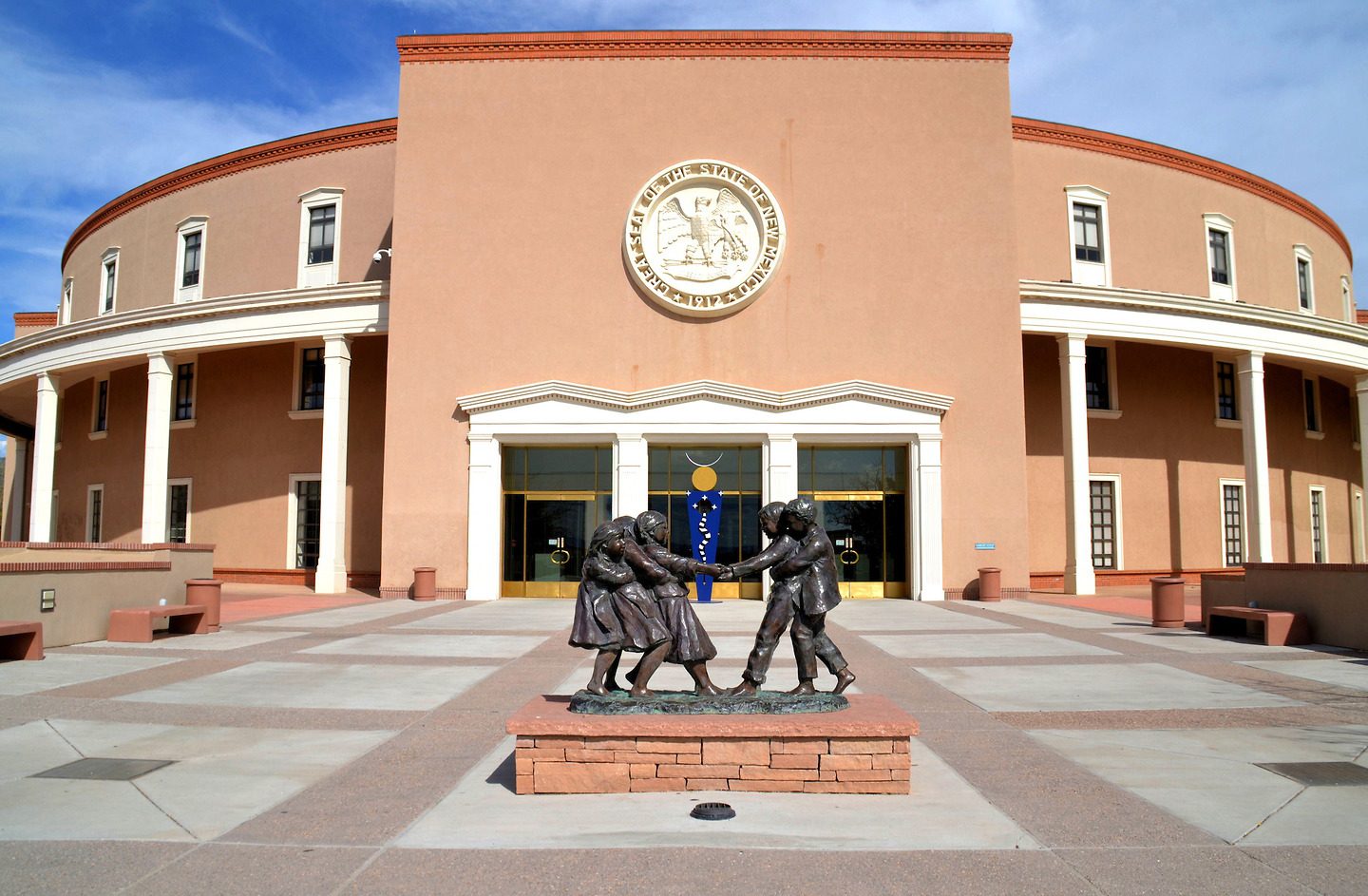Texas Senate approves congressional map that draws no new Black or Hispanic districts even as people of color fueled population growth

The Texas Senate approved a map Friday that would largely protect incumbents in Congress while reducing the number of districts in which Black and Hispanic residents make up the majority of eligible voters — stymieing the growth of the state’s Democratic Party representation in Washington, D.C.
The congressional map is focused more on protecting incumbents than on growing the power of the dominant Republican Party in the state by flipping districts from blue to red. But the map, proposed by GOP state Sen. Joan Huffman of Houston, helps Republicans by increasing the number of districts that would have voted for Donald Trump in the 2020 presidential election and decreasing those that would have gone for Joe Biden.
In anticipation of federal challenges to the map, Lt. Gov. Dan Patrick, a Republican who presides over the Senate, said in a statement Friday that the proposal approved by the chamber was “legal and fair” and represented a “commitment to making sure every Texan’s voice is heard in Washington, D.C.”
The map also hinders the potential for Democrats to close the gap between the two parties in Texas’ congressional delegation by drawing fewer districts in which voters of color, who tend to lean Democratic in the state, make up the majority of eligible voters. The state’s current delegation consists of 23 Republicans and 13 Democrats.
Based on eligible voter population, the state currently has 22 districts with white majorities, eight with Hispanic majorities, one with a Black majority and five that have no majorities.
But although the state’s population growth resulted in the state receiving two additional congressional seats for the next decade, state lawmakers did not draw any new seats where voters of color make up the majority of eligible voters.
That’s even as people of color drove 95% of the state’s population over the last decade, with Hispanics making up nearly 2 million of the state’s 4 million additional residents.
In response to criticism that lawmakers had not reflected that growth, Huffman said that while she drew the map “race-blind, it is wrong to say race was wholly ignored.”
She said she ran her drafts of the map by the attorney general’s office, which did further analysis to ensure the state complied with the Voting Rights Act, which protects voters of color from discrimination, and the U.S. Constitution. But she declined requests from Democrats to explain the analyses state lawyers performed on the map.
Democrats contend that their analysis of the U.S. census data supports the creation of more districts where voters of color, particularly Hispanics, make up the majority.
“We were assured that all the existing minority opportunity districts, whether they be Black or Latino, were going to perform as such,” Huffman said. “And we saw no strong basis in evidence that a new minority opportunity district should be drawn in the new maps.”
State Sen. Roland Gutierrez, D-San Antonio, proposed a map that would create three additional districts where Hispanics made up the majority, bringing the number of those districts to 10.
But Republicans rejected the proposal, with Huffman saying the amendment had been drafted less than 24 hours before the Senate’s vote on the maps and would result in a “detailed and painstaking racial gerrymander” in North Texas to draw a new Hispanic-majority district in the same area as the current Congressional District 33, represented by U.S. Rep. Marc Veasey, D-Fort Worth.
Gutierrez accused Republicans of racially discriminating against voters of color.
“How else do we describe a situation where Texas gains new political power because of the physical presence of millions of Black, Brown, and Asian bodies, and yet the political establishment does not give those very Texans the ability to elect more candidates to represent them?” he said in a statement. “It is an insult to the foundations of our democracy.”
Under the proposed maps, voters of color may end up with less representation in the congressional delegation. The new map drops the number of districts in which Hispanics make up a majority of eligible voters from eight to seven, and the districts in which Black Texans make up a majority of eligible voters from one to zero.
The number of districts where whites make up a majority of eligible voters goes up to 23 although the state’s white population — which increased by just 187,252 — was swamped by the growth of people of color.
Democrats urged the Senate to alter the proposed maps because they’d otherwise draw incumbent U.S. representatives like Houston Democrats Sheila Jackson Lee and Al Green into the same district. Lee, who represents the 18th Congressional District, which covers chunks of downtown Houston and some of the city’s historically Black neighborhoods, is drawn out of her district and looped into Green’s 9th Congressional District.
Both lawmakers testified before the Senate’s redistricting committee to oppose the redrawing of their districts.
Huffman offered an amendment to draw Lee’s home back into her district, but the Senate’s Democratic Caucus expressed opposition, arguing it did so by using an unpopulated area to achieve its goals and did not fix the overall impact Huffman’s original proposal had on separating communities that had resided together in the district for 30 years.
State Sen. Borris Miles, D-Houston, proposed his own amendment to address the changes to the two districts. His proposal would have returned some of the communities split between the two districts to their original districts by adding more eligible Hispanic voters into Democratic U.S. Rep. Sylvia Garcia’s Congressional District 29.
Miles said all three congressional representatives agreed to the amendment.
But his proposal was rejected on a party-line vote, with Huffman saying she feared Miles’ proposal would drop the population of Black eligible voters in Lee’s district below a threshold where it would be considered a district where Black voters could elect the candidates of their choice.
Two other U.S. representatives from Houston, Republican Dan Crenshaw and Democrat Sylvia Garcia, have also been drawn into the same district.
The state’s two new districts, which would bring the state’s congressional delegation up to 38 seats, are in Austin and Houston. The former is drawn to safely be won by a Democrat.
The new 37th Congressional District consolidates central and west Austin and somewhat resembles a district held by longtime Democratic U.S. Rep. Lloyd Doggett until Republicans dismantled it in 2003. It’s still unclear if Doggett would run in the new district if it is approved or seek reelection in his current seat, the 35th Congressional District, which stretches from Austin south to Bexar County.
The other new seat —the 38th Congressional District — was set in western and northern Harris County and will likely be safe Republican territory.
The chamber accepted some minor tweaks to the maps from Republican senators who aimed to minimize the impact to congressional districts in their mostly rural areas.
The Senate rejected an effort by state Sen. César Blanco, D-El Paso, to keep Fort Bliss and the El Paso International Airport under Congressional District 16, represented by U.S. Rep. Veronica Escobar, D-El Paso. Instead, those major sectors of the El Paso economy would be represented by U.S. Rep. Tony Gonzales, R-San Antonio.
Blanco said that move would trade a congressional representative who lives five miles from the Army post and the airport for one who lives 550 miles away. Huffman pointed to Gonzales’ knowledge of the military as a Navy veteran and his work on the budget-writing House Appropriations Committee.
The chamber also rejected an amendment by state Sen. Juan “Chuy” Hinojosa, D-McAllen, that would have reversed changes to two Rio Grande Valley districts. Under the proposed map, Republicans are shoring up District 34, which was unexpectedly close in 2020, as a safe Democratic seat by making neighboring District 15, anchored in Hidalgo County, more Republican.
The incumbent in Congressional District 15, U.S. Rep. Vicente Gonzalez, D-McAllen, has said he would move to run for the newly drawn Congressional District 34, which is being vacated by Democrat Filemon Vela of Brownsville.
But Hinojosa proposed an amendment to keep both districts relatively competitive between Democrats and Republicans.
“My amendment will actually make votes in Congressional Districts 15 and 34 more competitive and let the candidates be able to campaign and vote and convince the voters as to why they should be the congressperson representing them,” he said.
But Huffman said the chamber should reject the amendment because it had a negative impact on the incumbent in neighboring Congressional District 27, Republican Michael Cloud of Victoria.
This is the first round of political mapmaking in Texas since the U.S. Supreme Court struck down provisions to protect voters of color from discrimination. Previously, states with long histories of voting discrimination, like Texas, had to receive approval from the federal government before making changes to election laws or political maps.
But the Supreme Court essentially did away with that requirement in 2013, leaving no buffer for voters of color if lawmakers pass discriminatory maps.
Since the enactment of the Voting Rights Act in 1965, Texas has not made it through a single decade without a federal court admonishing it for violating federal protections for voters of color.
Civil rights groups like the NAACP and the League of United Latin American Citizens have told lawmakers the Senate’s proposal dilutes the voting strength of Black and Hispanic voters in the state.
LULAC’s president, Dallas-based Domingo Garcia, told a Senate committee hearing that if the maps did not change to reflect the growth of Hispanics in the state, his organization would likely sue the state.
The congressional map now moves to the Texas House for approval before it can be signed by Gov. Greg Abbott. The map could potentially see changes there and must be approved before the end of the special legislative session that ends Oct. 19.
This article was originally posted on Texas Senate approves congressional map that draws no new Black or Hispanic districts even as people of color fueled population growth



